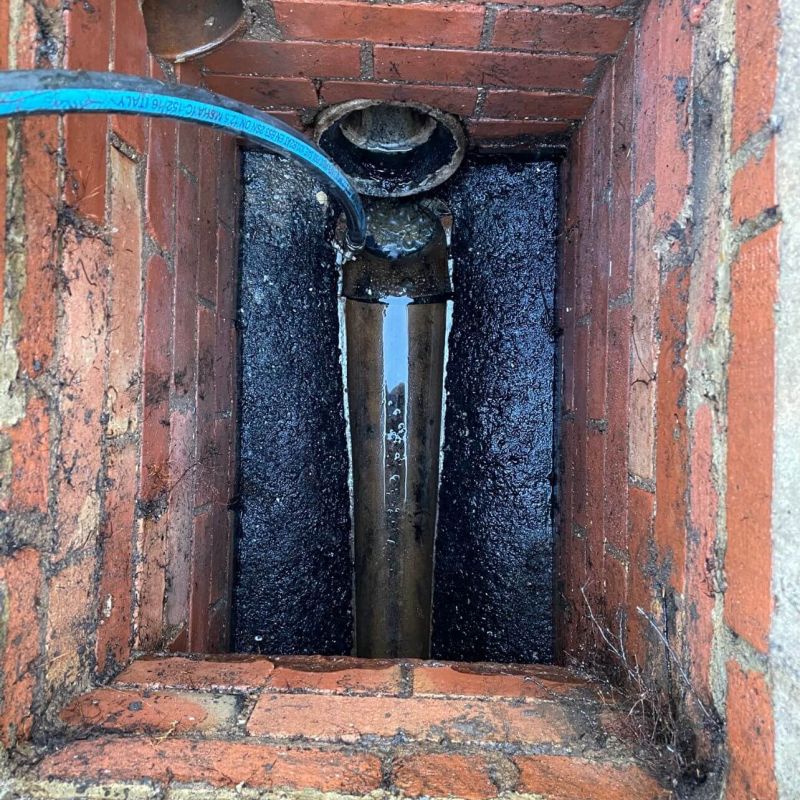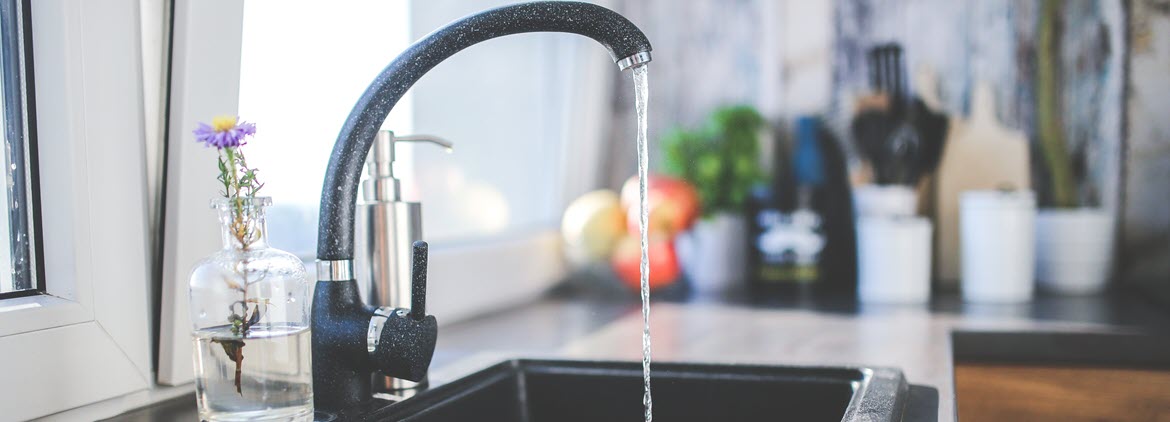Just about every person maintains their unique ideas with regards to Tips for Dealing with Clogged Drains and Sewer Lines.

Introduction
Dealing with a blocked drainpipe can be a frustrating experience, disrupting day-to-day activities and potentially creating damage to your property. Nonetheless, before reaching out to pipes professionals, there are steps you can require to attend to the issue on your own. In this overview, we'll discover DIY solutions and safety nets to deal with a blocked drain effectively.
Determining the Concern
The primary step in addressing a blocked drainpipe is acknowledging the signs. Slow drain, gurgling sounds, foul odors rising from drains, or water backing up prevail indicators of a blocked drainpipe. Determining these indications early can assist avoid additionally issues.
Typical Reasons For Obstructed Drainpipes
Comprehending the variables that contribute to drain pipes obstructions is essential for efficient resolution. Usual perpetrators include hair, soap residue, grease, food debris, and foreign objects like sanitary items or paper towels. Tree origins attacking below ground pipelines can likewise create substantial obstructions.
Do it yourself Solutions
For minor clogs, numerous do it yourself services can be efficient. Putting boiling water down the drain can assist dissolve oil and debris. Baking soda and vinegar or a mix of salt and baking soda can work as natural cleansers. Using a plunger or plumbing snake to remove blockages is an additional choice.
Tools and Equipment
Having the right devices accessible can make DIY drainpipe cleaning up a lot more reliable. A plunger is a flexible device for getting rid of blockages in sinks, toilets, and showers. A pipes serpent or auger can get to much deeper clogs, while drain cleaning chemicals can be utilized very carefully for stubborn blockages.
Preventive Measures
To avoid future obstructions, taking on preventive measures is crucial. Mount drainpipe guards or filters to capture hair and particles before they get in the pipes. Routinely flush drains pipes with warm water to liquify grease accumulation, and prevent getting rid of grease or solid waste down the tubes.
When to Call an Expert
While do it yourself options can settle minor clogs, particular signs indicate the need for expert aid. Relentless clogs, foul odors despite cleaning up efforts, or multiple drains supporting concurrently are warnings that necessitate expert treatment.
Selecting the Right Plumbing Service
When selecting a plumbing service, think about aspects such as experience, licensing, and client reviews. Pick a reputable plumber with a record of high quality handiwork and transparent pricing methods.
Price Considerations
The expense of specialist drainpipe cleaning company can differ depending on the extent of the obstruction and the plumbing professional's rates. Demand quotes from numerous carriers and inquire about any type of service charges to make sure transparency and stay clear of surprises.
Security Measures
When trying DIY drainpipe cleaning, focus on safety. Wear protective handwear covers and glasses to stay clear of contact with damaging chemicals or bacteria. Never mix different drainpipe cleansing products, as this can produce harmful fumes.
Case Researches
Real-life examples show the effectiveness of DIY remedies and the value of prompt professional intervention in solving drainpipe blockages.
Conclusion
By complying with the ideas laid out in this overview, you can efficiently deal with obstructed drains and protect against future pipes issues. Whether choosing do it yourself options or seeking specialist assistance, timely activity is crucial to preserving a healthy and balanced plumbing system and maintaining the integrity of your home.
How to Clear a Clogged Drain Yourself (And When to Call In the Professionals)
What Can Clog a Drain
- Dirt
- Skin flakes
- Hair
- Grease
- Soap scum
- Food
- Offset pipes
- Tree roots
- Small objects
- Mineral buildup
DIY Tricks to Unclog a Drain
You can fix this! Once you have identified the source of the clog (or have a vague idea), you can try one or a combination of these fixes in order to clear your plumbing.
Wire Hanger or Snake
Untangle and clear out hair from a drainpipe with a homemade snake. Use a straightened-out wire hanger with a 90-degree angle hook to locate the clog and drag out any unwanted material.
Remember not to push the clog further down to where the wire hanger cannot reach! If you need to follow up with a plunger, give it a try. Your efforts might be more successful after it’s been wire-snaked.
If you want to get fancy and don’t have a wire hanger to spare, head to the store and pick up a hand-operated drain snake. You can get one for $10-$30. It may save you the hassle, and provide additional length to reach deep into the clogged pipe.
Plunger
A cup plunger has a suction cup attached to a wooden handle. The rubber creates a seal around the drain, and increases the pressure force of the plunger.
Plunge for 30-second increments to loosen the clog. This may need to be repeated over the course of 15-20 minutes. Once plunged, run the water to flush the remaining material out of the drain.
Remember– never use a plunger if you have used a chemical drain cleaner. These chemicals can splash up from the force of the plunger and cause serious injury or burns.
Boiling Water
Hot water can sometimes break up materials into a flushable amount. Dirt, grease, and soap buildup requires heat in order to unstick from surfaces.
Take your kitchen kettle and heat your water to a boil. Once it reaches a rolling boil, pour it directly down the drain into the blockage. Carefully follow with plunging, if necessary.
Don’t worry if this takes more than one try! It can often take multiple kettles and repeated plunging in order to clear a particularly stubborn clog.
Chemical Drain Cleaner
As a last resort, pick up a bottle of chemical drain cleaner. Drain-cleaning chemicals are potent, and not very good for the environment.
You may need to wear protective eyewear in gloves before handling your bottle of chemical drain cleaner. Follow the instructions printed on the bottle, and flush with water as soon as the instructions allow. Do not follow with plunging.
Baking Soda and Vinegar
As a safer alternative to chemical drain cleaner, baking soda and vinegar can create a chemical reaction that clears tough clogs.
Combine one cup of cleaning vinegar with one cup of boiling water, and set aside. Once you have done this, pour half a cup of baking soda down the drain. Give the baking thirty seconds to settle and cover a large portion of the problem drain.
Following the baking soda, pour down your vinegar and hot water solution. Once the vinegar and baking soda combine, the mixture will bubble and fix. Let this reaction fizzle in the drain for about an hour.
After an hour, follow with a kettle’s worth of hot water. The heat and liquid should flush out any remaining material.
When to Call a Plumber
If your DIY attempts haven’t cleared your clog drain, it’s time to call in a professional. It’s not worth losing access to your kitchen sink or high-traffic bathroom. A clog in a vital area can keep you from the things you’d rather be doing, and derail your routine.
Anytime a clog is causing water to spread is a time to call in a plumbing service. What starts out as a little bit of water can quickly grow into serious, expensive water damage.
Additionally, a serious clog can result in burst pipes or serious leaks. Make sure you know when to take it seriously!
https://myguysnow.com/how-to-clear-a-clogged-drain-yourself-and-when-to-call-in-the-professionals/

As a passionate person who reads on 8 Tips For Clearing A Blocked Drain, I imagined sharing that short article was appropriate. Sharing is good. One never knows, you may be doing someone a favor. Thanks a lot for your time invested reading it.
Visit Homepage
Comments on “Approaches for Addressing a Blocked Drain Before Hiring Professional Assistance”